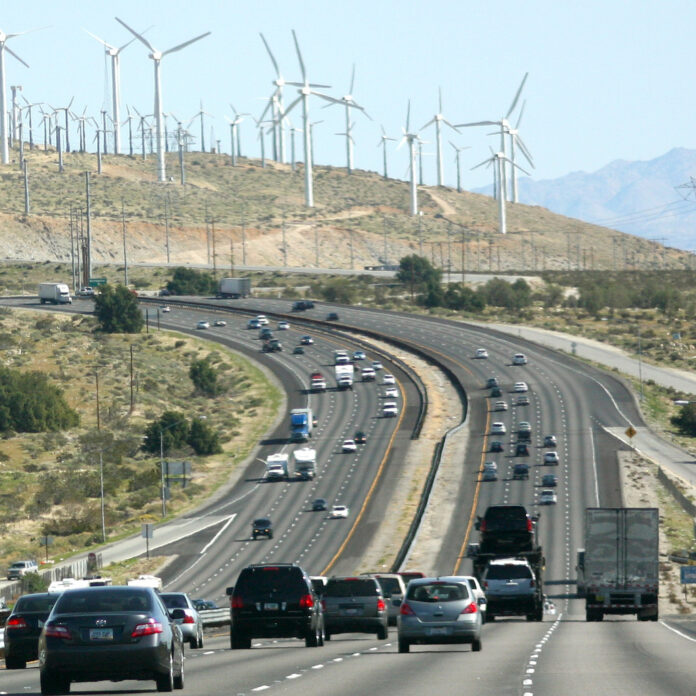With the beginning of the new year, the California Department of Motor Vehicles (DMV) has implemented new road rules for 2014.
“Many of these new laws are a combination of ideas by the state legislature and the DMV,” said Artemio Armenta, public information officer for the DMV. “New ideas are continually introduced and moved through the process.”
Of the seven new rules, the most relevant to the City of Davis and UC Davis students is the updated law for Bicycle Passing Distance [AB 1371]. Alternatively named the Three Feet for Safety Act, effective Sept. 16, this rule states that a car or other motorized vehicle must leave three feet of space between itself and any bicycle.
“Everyone is responsible for making sure that all who share the road [are] kept safe,” Armenta said. “The base fine for violating this law is $35, and can range to $200. If someone is hurt, the fine can go up to $1,000, in addition to other legal issues.”
This law has been established in hopes of creating a safer environment for pedestrians, cyclists and motorists and preventing dispute or injury. However, this law may affect motorists negatively because they would be the party responsible for keeping the three feet of distance, even if cyclists are performing the malpractice.
“I think that’s ridiculous,” said Sally Sandoval, purchasing manager of the UC Davis Evolution and Ecology Department. “I don’t think I have time to pay attention to the road and judge the specific distance between myself and a biker. I have been on this campus for 29 years and sometimes, bikers just keep going and don’t look or stop.”
There are six other new laws affecting California drivers. They officially went into effect Jan. 1.
SB 194 states that teenage drivers under the age of 18 are prohibited from reading, sending or using a text-based device while operating a motor vehicle, even if the device is hands-free.
“There have been cases of people using hands-free devices while driving and killing people,” said Nathan Sands, a UC Davis alumnus. “The media tends to pick these few cases and generalize them, especially to the under-18 demographic.”
While this law prohibiting texting while driving is technically already in effect for drivers of all ages, SB 194 is specifically targeting teenagers and younger drivers.
SB 266 and SB 286 are new laws regarding Clean Air vehicles or vehicles with HOV stickers enabling cars with the appropriate decals to operate in carpool lanes without meeting the minimum occupancy requirement.
“HOV stickers benefit or help drivers of low emission or no emission,” Armenta said. “There are currently two decals — white meaning no emission and green meaning low emission.” These stickers allow the vehicle with one occupant to drive in carpool lanes at any time of day.
SB 806 is a program aimed to explore more cost-effective or technologically-oriented replacements for license plates. These methods may include utilizing electronic license plates and finding alternatives to metal plates, plastic registration stickers and paper registration cards.
AB 443 prohibits vehicle ownership transfer between family members until all traffic, parking or toll violations and penalties are paid off. The fines must be paid off by the family member receiving the vehicle transference.
AB 244 states that the California Department of Veteran Affairs (CalVet) is required to fund the creation of veteran’s special interest license plates. The DMV is required to issue them if the aforementioned conditions are agreeable by CalVet regarding eligibility of the individual.
In addition, there is an enhancement to the Honoring Veterans design of the Veteran’s Organization license plate available to all vehicle owners.
AB 1047 allows drivers holding out-of-state learner’s permits to take commercial driving tests through the DMV in the state of California. The information would then be transferred electronically to the driver’s state of residence.
A secondary part of this law requires drivers of a bus weighing over 26,000 pounds to attain a Class B license, but a bus weighing less than 26,000 pounds requires the driver to have only a Class C license.
These new laws will be implemented by the police departments, highway patrol and other law enforcements with the intention of creating a safer, more structured environment for the California public.
“The legislative branch finishes the process and the laws usually go into effect at the beginning of the year,” said Officer Mike Harris of the California Highway Patrol. “Our designation is to save lives. We don’t write [these laws], we put them into effect.”
According to Armenta, the DMV plans to update the driver handbook for 2014 as well as the guide and the DMV website with information regarding these new laws.





